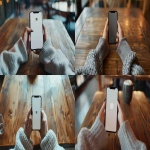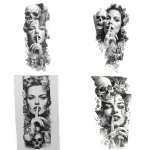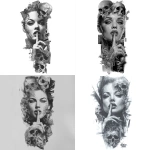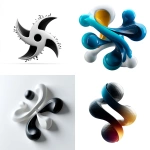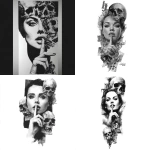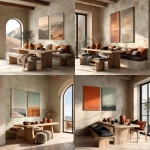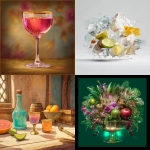Explore the Best AI Image Gallery
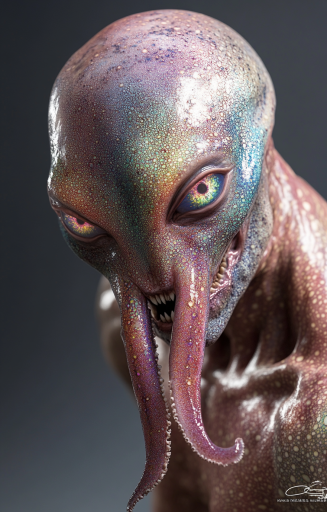
The Canvas of the Future: Embracing AI-Generated Art
The advancement of artificial intelligence (AI) has reached a pivotal point where it no longer merely assists artists; it actively participates in the creative process. AI-generated images are reshaping the way we think about art, creativity, and the very definition of what it means to be an artist. In this blog post, we will explore the multifaceted aspects of AI-generated art, including its impact on the creative industry, potential applications, ethical considerations, and future trends shaping this burgeoning field.
The Impact of AI on the Creative Industry
AI-generated art has not only captured the attention of artists but has also sparked significant interest within the broader creative industry. Here are some noteworthy impacts:
- Redefining Artistic Roles: Traditional artists are beginning to collaborate with AI tools to enhance their work rather than replace it. This collaboration fosters a new form of creativity that combines human intuition with machine efficiency.
- Lowering Barriers to Entry: AI art generators allow individuals without formal artistic training to create visually stunning pieces. This democratization of art enables more people to express their creative visions, leading to an explosion of diverse perspectives.
- New Avenues for Commercial Use: Brands and businesses are incorporating AI-generated imagery in marketing campaigns, product designs, and branding, allowing companies to stand out in a competitive marketplace.
The Versatility of AI Art
The potential uses for AI-generated images are nearly limitless. Some applications include:
- Concept Art: In the entertainment industry, AI is being used to generate concept art for films, video games, and animations, streamlining the creative process and reducing the time spent on initial designs.
- Personalized Content: AI algorithms can create unique artworks tailored to individual preferences, enabling personalized gifts and décor.
- Public Installations: AI-generated art installations, such as projections and interactive displays, are becoming increasingly popular in public spaces, engaging audiences and fostering dialogue around technology and creativity.
Ethical Considerations
While AI-generated art is celebrated for its innovative possibilities, it also raises a plethora of ethical questions:
- Copyright Issues: Who owns the rights to AI-generated artwork? This question is particularly complex when the AI has been trained on existing artworks, potentially infringing on copyright laws.
- Authenticity: As AI tools become more sophisticated, the line between human-created art and machine-generated art blurs. What does this mean for the value and authenticity of art?
- Job Displacement: The rise of AI in the creative arts sector raises concerns about job displacement for traditional artists, designers, and illustrators. It challenges the notion of a sustainable career in art as technology progresses.
The Future of AI Art
The fusion of AI and art is just beginning, and several trends are emerging:
- Continued Innovation: AI technology will continue to evolve, leading to more advanced algorithms capable of producing intricate and detailed artwork.
- Collaborative Projects: We can expect to see an increasing number of collaborative projects where artists and AI work together to create dynamic pieces that reflect both human emotions and machine-generated patterns.
- Greater Community Engagement: As AI-generated art becomes more mainstream, public interest and engagement are likely to grow, leading to exhibits, workshops, and discussions centered on the intersection of technology and creativity.
Conclusion
AI-generated images represent a transformative force in the art world, providing endless possibilities for innovation and expression. While it brings numerous benefits, it is essential to remain vigilant of the ethical implications and societal shifts it introduces. As technology continues to evolve, so too will our understanding of creativity and the role of the artist. The future may harbor a world where humans and machines collaborate seamlessly in the creative process, unlocking new dimensions of artistic expression that we can only begin to imagine.
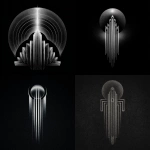
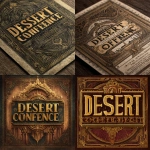
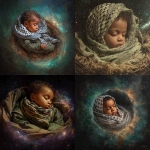
](https://images.ai-img.art/thumbnails/150/4a4f2a16da94ebadad64aeb3b0fb4e64d426431f1d651cc4929142c728fe85b7.webp)
](https://images.ai-img.art/thumbnails/150/37f115f2fa75765b87e6d3e2c9f1b0a80a6a46efa8b864a05278c7fc0a0a62e7.webp)
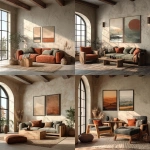

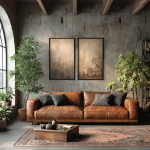

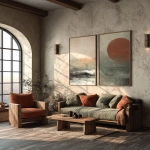

](https://images.ai-img.art/thumbnails/150/9127f72c6be19d533c26ac476f4d216cd89a6a2d7c351333489a3eff30c3ec5a.webp)
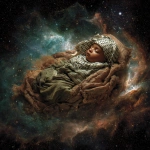
](https://images.ai-img.art/thumbnails/150/24610c8978ce6b4f1ced8639b434482871adb07e38af8b90cd535f2533bf18cc.webp)
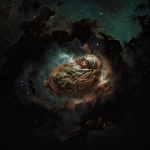
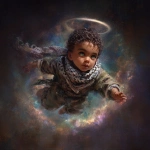

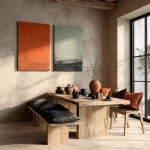
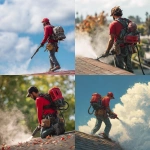

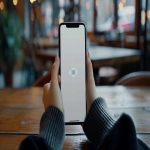


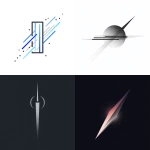
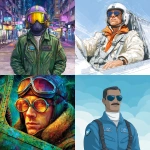
](https://images.ai-img.art/thumbnails/150/d29fcfc8037938184a641f7980e1102e24a6e82088bc465886d26ffe5bb006c7.webp)
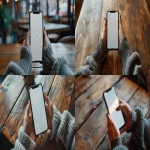
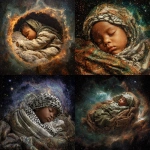
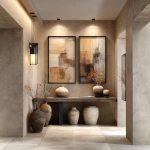


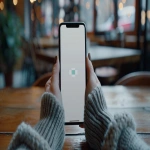
](https://images.ai-img.art/thumbnails/150/85464d88f1d4314cd042a02a6f41440fc3b4343db529794cbe8e6836fdadf409.webp)
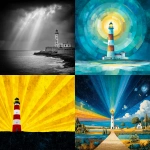


](https://images.ai-img.art/thumbnails/150/b90a5f332cb5d8f02116934e13abd20233e0eeb2368274dbdffaa2e281e4dff5.webp)

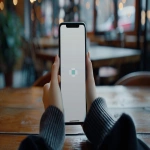

](https://images.ai-img.art/thumbnails/150/336026613fd234b8d6908fe18ecc09b2b2ecf7b8dfe294742041c9862dc499c1.webp)
